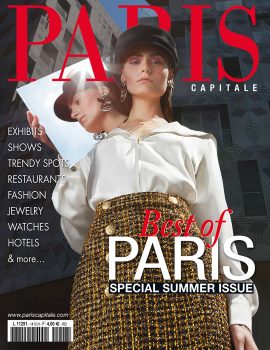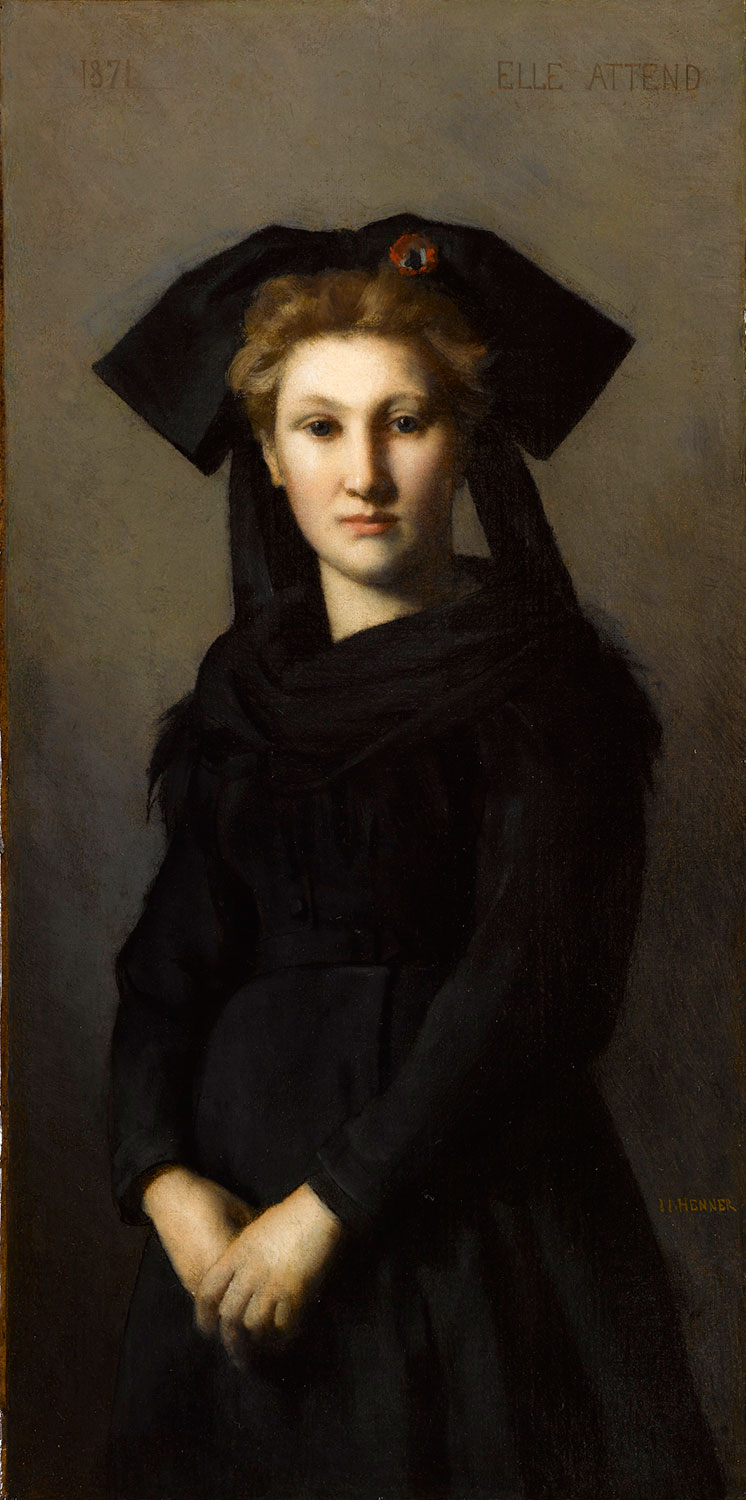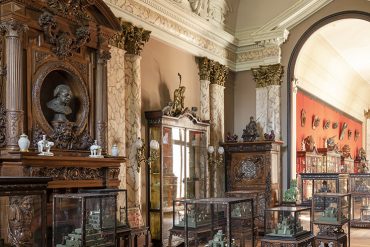The last room holds his most famous painting: L’Alsace. Elle attend. (Alsace. She is waiting.). This superb portrait of a woman is of immense pictorial and also symbolic value: it was commissioned by the wives of industrialists in Thann for Léon Gambetta, a fierce opponent of the cession of Alsace and Lorraine to the new German Empire following the war of 1870. Henner himself had actually chosen French citizenship. Around this painting are several others, which were displayed at the annual Salon of artists approved by the Académie des beaux-arts, and portraits that provided part of the painter’s income. A stairway leads to a little room behind moucharabies where thematic and temporary exhibitions are held. On the last floor, the ambience of Jean-Jacques Henner’s workplace has been recreated. In fact, his studio was on place Pigalle, and he had never come to this house, which was purchased fifteen years after his death from the family of another painter, Guillaume Dubufe.
After seeing the studio, we return to the ground floor. The visit ends in what was formerly the Dubufe’s dining room. A large interactive display shows the artistic heritage of the plaine Monceau, which was a nerve center of high society at the time. The musée Jean-Jacques Henner hopes to help revive its sparkle and excitement.







